Popular on Food52
12 Comments
Fiona
April 11, 2016
Sumayya,
As a mixed ethnicity American with no heritage from the continent of Asia, I really enjoyed the flexibility and simplicity of this recipe. I have had biryani a few times and loved it. Thank you for the spice combination suggestions, they smell delicious simmering in my kitchen. My only bummer is that I had to add more spices after adding my liquid because it was not flavorful enough. Adding a liquid to spice ratio would be helpful. Can't wait for dinner tonight!
As a mixed ethnicity American with no heritage from the continent of Asia, I really enjoyed the flexibility and simplicity of this recipe. I have had biryani a few times and loved it. Thank you for the spice combination suggestions, they smell delicious simmering in my kitchen. My only bummer is that I had to add more spices after adding my liquid because it was not flavorful enough. Adding a liquid to spice ratio would be helpful. Can't wait for dinner tonight!
R
December 6, 2015
Sad to see 'indian' coopting the tags and category of a Pakistani cook sharing the food of her Pakistani heritage. Anyone with more than a cursory understanding of the subcontinent's foods knows there is variance between those two, and a layer deeper, that even those two buckets are gross oversimplifications.
Sumayya U.
December 6, 2015
thanks for your feedback - if you follow my blog or my recipes online, my cookery classes in the UK (and soon my forthcoming book) you will see that I focus quite individually on Pakistani food and totally agree, the layering of Pakistani style food is different - I am a great advocate of my homeland's cuisine and have worked hard to differentiate it through my recipes and articles that have been widely published. However, this article here was merely giving someone keen to create a biryani, simplifying the essential cooking techniques, styles and ideas to create something of a lay-man's biryani - so as to use the ancient style (which is not isolated to Indian or Pakistani cuisine, but crosses over Persian ,Arabic, Middle Eastern cookery ) the idea of layered rice with cooked curry/sauce. So therefore, without going into more detail, this article was a simplification, not an authentic Pakistani or Indian biryani recipe - the 'tags' in the article as for the basic cook who wants to understand a general concept of biryani, therefore Indian or Pakistani or sub-continental works for people searching - but if you wish to learn my authentic ones either attend one of my classes in the UK or read my book soon! good luck.
Sumayya U.
December 6, 2015
Additionally, R (I don't know your name sorry), I do not personally do the 'tagging' of post, Food 52 do does judging from their most searched options I would imagine. Thank you.
Tasha
September 28, 2015
How much liquid do you add....apologies if it is referenced and I missed it
Sumayya U.
September 28, 2015
Enough to cover the meat/poultry whatever you are using. Just enough to cover the top. Does that make sense?
Neil
September 28, 2015
Any tips for making a true "dum" biryani? The technique you've described is reminiscent of a kachi biryani which, while tasty, isn't what I struggle with in terms of cooking.
Sumayya U.
September 28, 2015
Yes indeed. But this is a quicker more time saving recipe but does tastes pretty good. I think you'll have to wait for another post on my family recipe for a real dum biryani!!
Marianne
September 28, 2015
Wouldn't the fish or shellfish overcook if you add it and then cook for an additional 30 minutes (20 minutes in step 4 and at least 10 minutes in step 6)?
Sumayya U.
September 28, 2015
The key is to work the time. For seafood I would recommend making the curry base completely, just about cooking the rice prior and then adding the raw seafood onto the curry, top with nearly cooked rice then add aromatics and steam ok very low heat for about 5-7 mins. That should do it! Good question!!

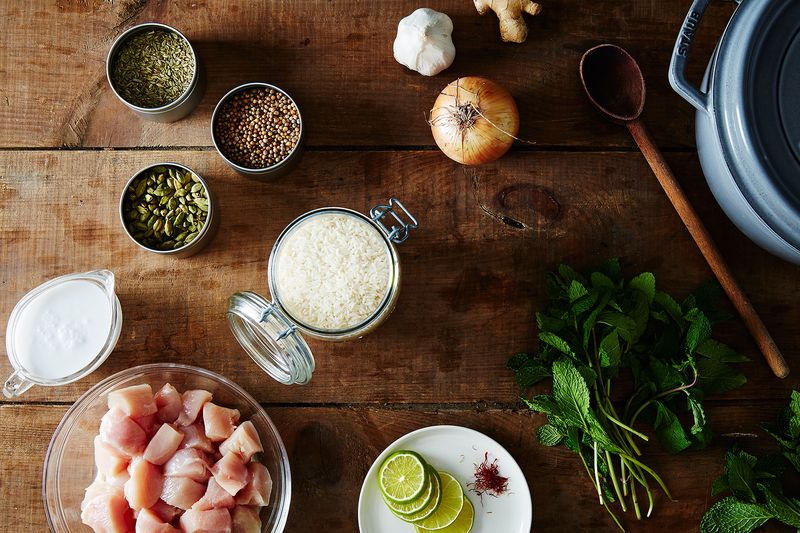
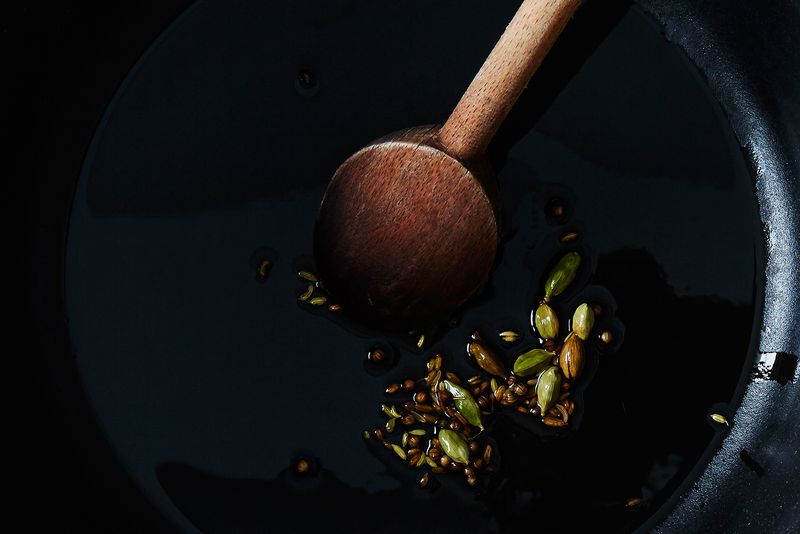
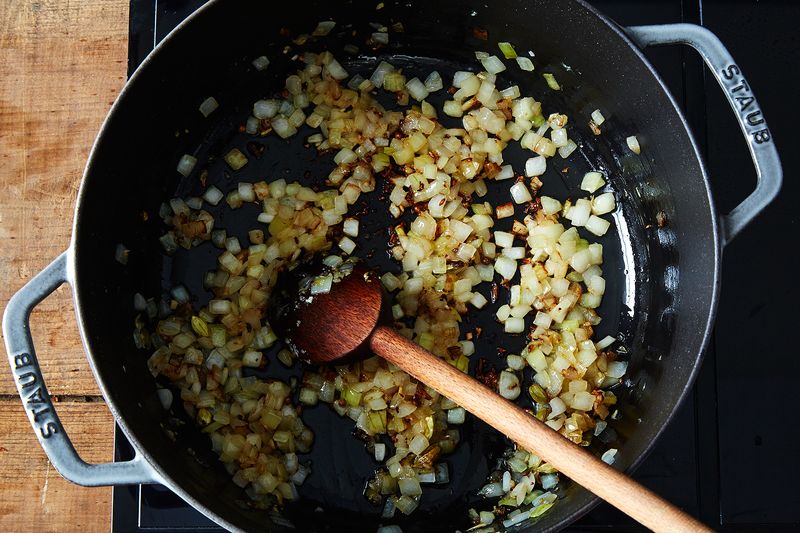
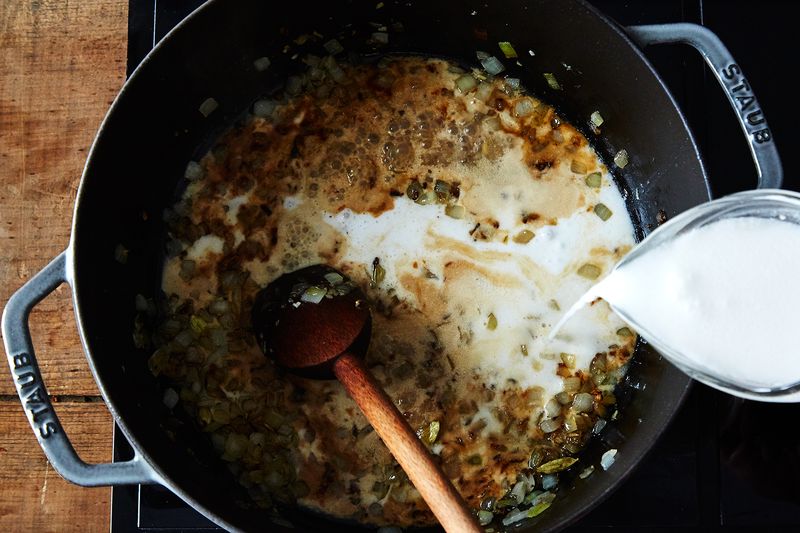
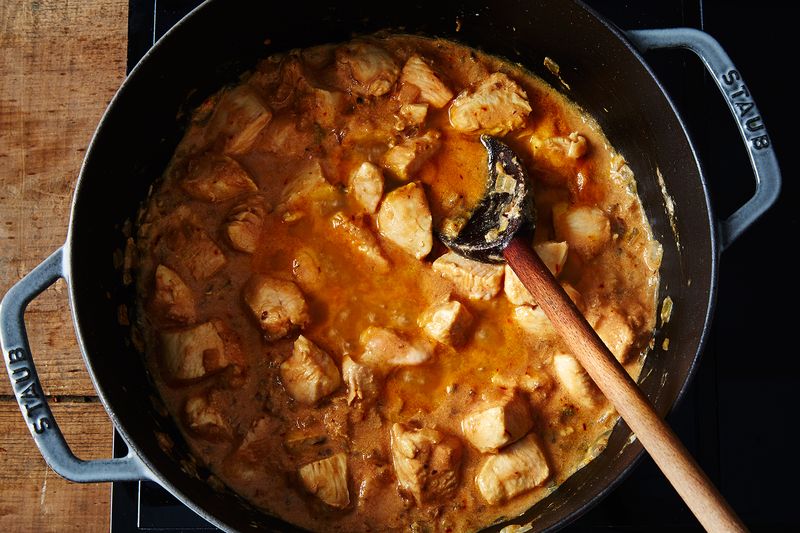
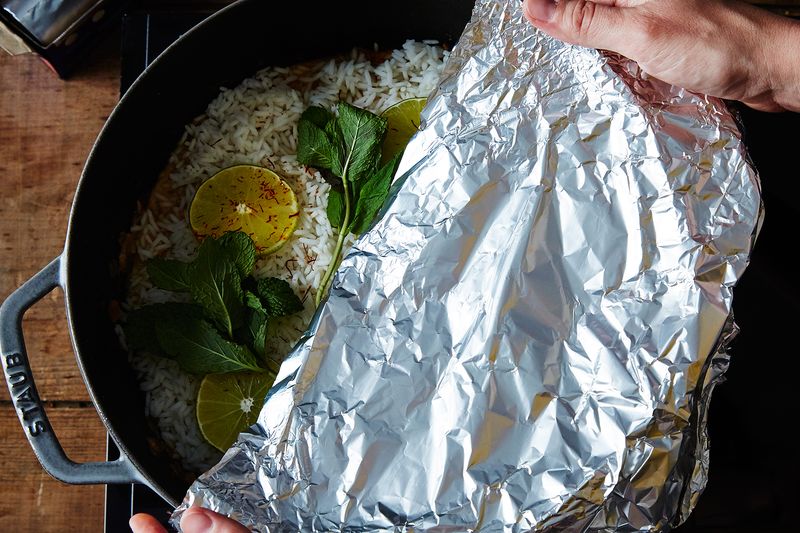
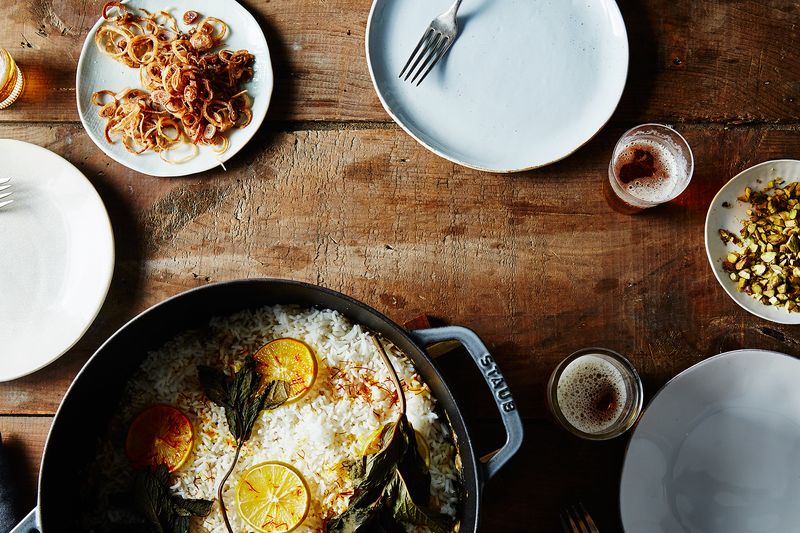

See what other Food52 readers are saying.